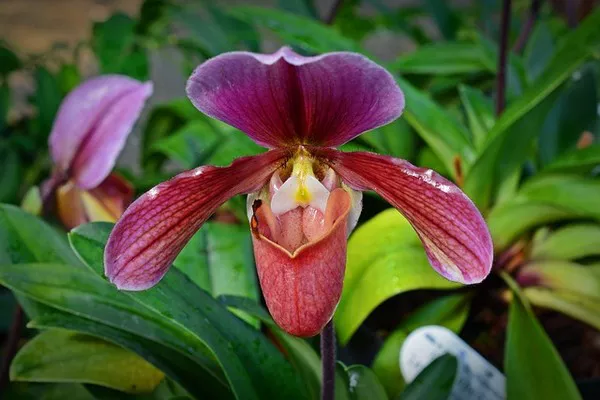Pansies, with their vibrant colors and delicate petals, are a delightful addition to any garden or landscape. However, their beauty is not perpetual, and once the blooms begin to fade, it’s essential to provide proper care to ensure their continued health and vitality. In this comprehensive guide, we will explore the best practices for caring for pansies after flowering, covering everything from deadheading spent blooms to preparing for winter (if applicable) and encouraging reblooming. Whether you’re a seasoned gardener or a novice enthusiast, these tips will help you maximize the potential of your pansies and keep them thriving year-round.
Deadheading Spent Blooms
Deadheading, the process of removing spent flowers, is crucial for encouraging new growth and prolonging the blooming period of pansies. By deadheading regularly, you prevent the plant from directing energy towards seed production and instead redirect it towards producing new flowers.
How to Deadhead Pansies:
Start by inspecting the plant for faded or wilted blooms.
Using a pair of clean, sharp pruning shears or scissors, snip off the flower stems just above the first set of healthy leaves.
Be sure to remove the entire spent flower, including the stem, to prevent rot or disease.
Deadhead pansies as soon as the blooms begin to fade, ideally every 1-2 weeks during the growing season.
Pruning and Maintenance
Pruning is essential for maintaining the shape and health of pansies, especially if they become leggy or overgrown. Proper pruning techniques can rejuvenate the plant and promote bushier growth, resulting in more abundant blooms.
1. Pruning Techniques:
Light Pruning: Use scissors or pruning shears to trim back any straggly or leggy stems, focusing on shaping the plant and removing dead or damaged foliage.
Hard Pruning: In cases of severe overgrowth or decline, consider a more drastic approach by cutting the entire plant back to a few inches above the soil line. This hard pruning can stimulate new growth and revitalize the pansy.
2. Identifying and Removing Diseased Foliage:
Regularly inspect pansies for signs of disease, such as yellowing leaves, powdery mildew, or fungal spots.
If diseased foliage is detected, promptly remove the affected leaves or stems to prevent the spread of infection.
Dispose of diseased plant material in sealed bags to prevent contamination of other plants.
Fertilizing and Soil Care
Proper fertilization and soil care are essential for providing pansies with the nutrients they need to thrive and continue blooming throughout the growing season.
1. Fertilization Guidelines:
Choose a balanced fertilizer specifically formulated for flowering plants, such as a 10-10-10 or 5-10-5 blend.
Apply fertilizer according to the manufacturer’s instructions, typically every 4-6 weeks during the growing season.
Avoid over-fertilizing, as excessive nutrients can lead to leaf burn or poor flower production.
2. Soil Quality and Drainage:
Pansies prefer well-draining soil with a slightly acidic pH level (around 6.0-7.0).
If your soil is compacted or heavy, amend it with organic matter such as compost or peat moss to improve drainage and aeration.
Mulching around the base of the plants can help retain moisture and regulate soil temperature.
Overwintering Tips
Determine whether pansies are considered annuals or perennials in your area. In colder climates, pansies are often treated as annuals due to their susceptibility to frost.
Mulch around the base of the plants to insulate the roots and protect them from freezing temperatures.
Consider transplanting pansies into containers that can be brought indoors during periods of extreme cold.
In regions with milder winters, pansies may continue to bloom sporadically throughout the season with proper care and protection from frost.
Encouraging Reblooming
With the right care and attention, pansies can bloom repeatedly throughout the growing season, providing a continuous display of color in your garden.
Promoting Reblooming:
Ensure pansies receive adequate sunlight, ideally 6-8 hours of direct sunlight per day.
Water pansies regularly, keeping the soil consistently moist but not waterlogged.
Deadhead spent blooms promptly to encourage the development of new flowers.
Monitor for pests and diseases, addressing any issues promptly to prevent damage to the plants.
Conclusion
By following these guidelines for post-flowering care, you can ensure that your pansies remain healthy, vibrant, and blooming for months to come. With a little attention to detail and a proactive approach to maintenance, you’ll be rewarded with a stunning display of color that will brighten your garden and lift your spirits throughout the growing season.


